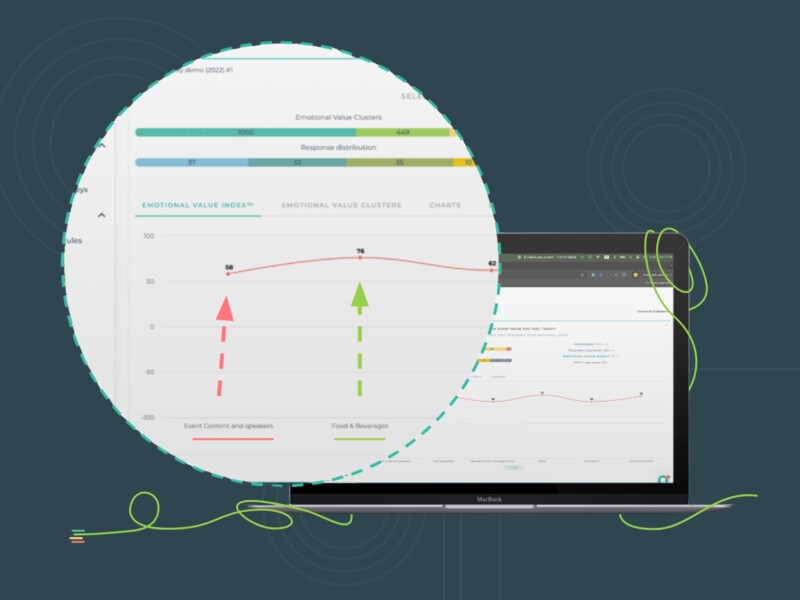Data is critical for businesses to understand customers, gain valuable insights about market trends, and recognize performance issues. If the success of your company and its growth heavily relies on data, it’s important to ensure your data sources are reliable and accurate.
Surveys are one of the most common forms of gathering feedback from customers. But did you know that survey results can sometimes fail to give you the true picture due to various biases? It’s important to recognize these biases and take measures to avoid them!
But first, what is survey bias?
Survey bias is when the results of the survey don’t represent the true opinions or sentiments of your customers. Sometimes, it can happen from your end due to inherent prejudices, and it can prevent some customer segments from accessing or answering it. It can make the survey one-sided.
On the other hand, it can also happen from the respondent’s end. For example, if customers answer the questions based on preconceived notions instead of the actual situation they faced, the answers may deviate from reality.
Here are some common types of biases.
Sampling Bias
Sampling bias is when the customers who answer your survey don’t represent the demographics or other traits of your entire customer base. In this case, some types of customers can be over or under-represented, and it will affect the outcome of the survey. Sampling bias can happen in both random and non-random selection of respondents.
It can also happen if some customers are more likely to answer the survey than others. For example, if you only send out the survey only in one language or via one channel, some customer segments will be left out. Oversampling, behavioral targeting, following up with non-respondents, and making your survey accessible in multiple languages are some ways to overcome sampling bias.
Response Bias
Response bias occurs when your customers provide answers that differ from how they actually feel about the issue. Different factors can influence them to provide inaccurate answers, including incentives provided for participation, survey length, complicated language and structure, and the tone of the questions. So, customers may end up providing the ‘ideal’ answer as opposed to their own opinion about the issue.
If you want to nudge customers into giving you the right answers, we recommend you stick to a simple structure and maintain a neutral and courteous tone. With Feedbackly, you can design clearly structured and logically coherent surveys easily.
Nonresponse Bias
Nonresponse bias is when customers don’t respond to the survey or complete it, and it can happen when the survey cannot be accessed easily in the first place! You will also notice a low response rate if the survey is too complex. Some customers also don’t like disclosing sensitive information like their name, phone number, and address.
For example, some surveys may not be accessible to senior citizens, but their responses could be critical for your analysis. Ensuring your surveys are user-friendly is one way to improve the response rate. Surveys with a simple structure and compatible with most devices can make it more convenient for customers to answer. It’s also important to maintain a courteous tone.
You can also provide discounts, coupon codes, or a gift for answering it to increase the response rate. Take a look at our tips on improving your feedback surveys.
Survivorship Bias
Survivorship bias happens when you make decisions only using the available data and through convenient methods. For example, if your survey is only targeted at customers who have been with you for a long time and avoid the one-time clients and detractors, it can lead to survivorship bias. It can also happen if you compare survey results only with the existing observations in your industry.
As you only focus on a fraction of the market segment and avoid the ‘silent majority,’ the survey will not generate inclusive responses that echo the real appeal of your brand. Using multiple channels to gain a multitude of perspectives is one way to tackle the issue. In short, you have to listen to both satisfied and dissatisfied customers, engaged and disengaged clients, and one-time shoppers and loyal clients. For this, you need a CXM tool like Feedbackly that can make omni-channel data collection a hassle-free and streamlined process for your business and help you understand your customers effectively.
Takeaway
Well-optimized surveys that provide conclusive analyses are essential for businesses to thrive in the dynamic market. But, the survey design, collection, and analysis process is no easy feat. This is when a platform like Feedbackly can help you. With ready-made survey templates and automatic feedback collection, the whole task is made convenient for your business. We also provide you with a host of resources to help you every step of the way. Let’s talk!



